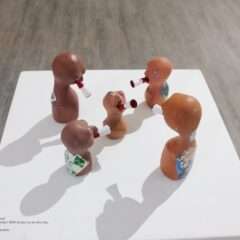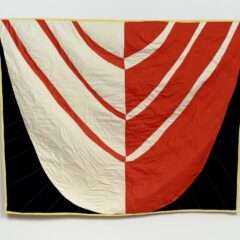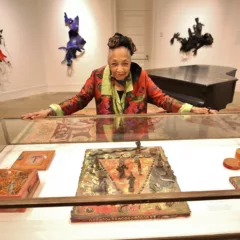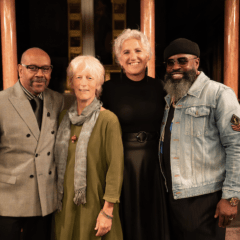The first thing I noticed about Lois Dodd’s paintings at the List Gallery is their stillness. Large or small, and regardless of whether they’re from 1967 or 2008, the works emit an almost photographic sense of the stoppage of time.
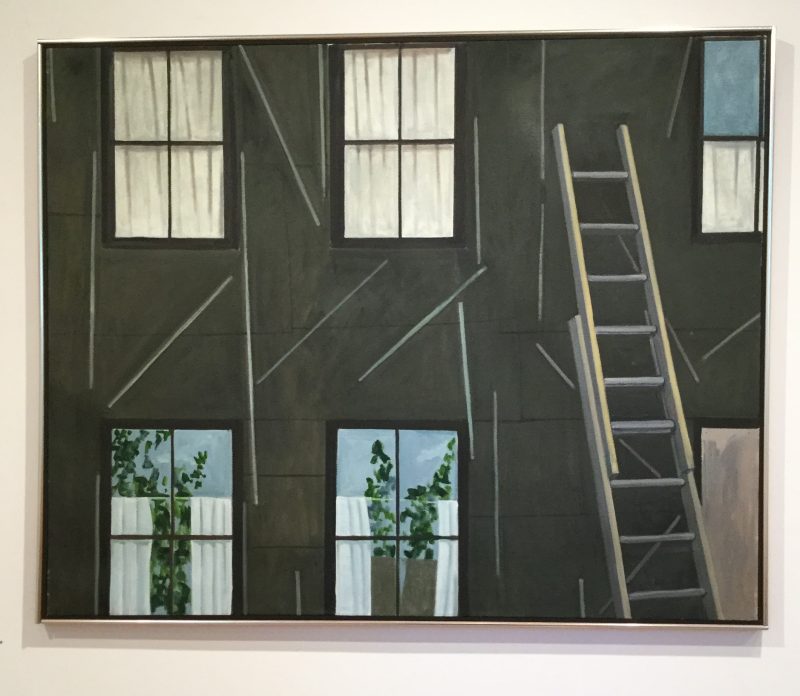
Domestic quietude and pregnant pauses
In this broad survey of the 89-year old artist and educator’s oil paintings, the figurative works capture ordinary domestic things. In many but not all cases the images depict snapshot-like captures — a ladder leaning against a house; a window and the ice boulders seen through its glass; a red drape partly obscuring a pink window as it billows in the wind. All of these images are partial views, details of a larger whole — Instead of entire windows you see parts, instead of whole houses you see less than a whole. But the works don’t feel incomplete.
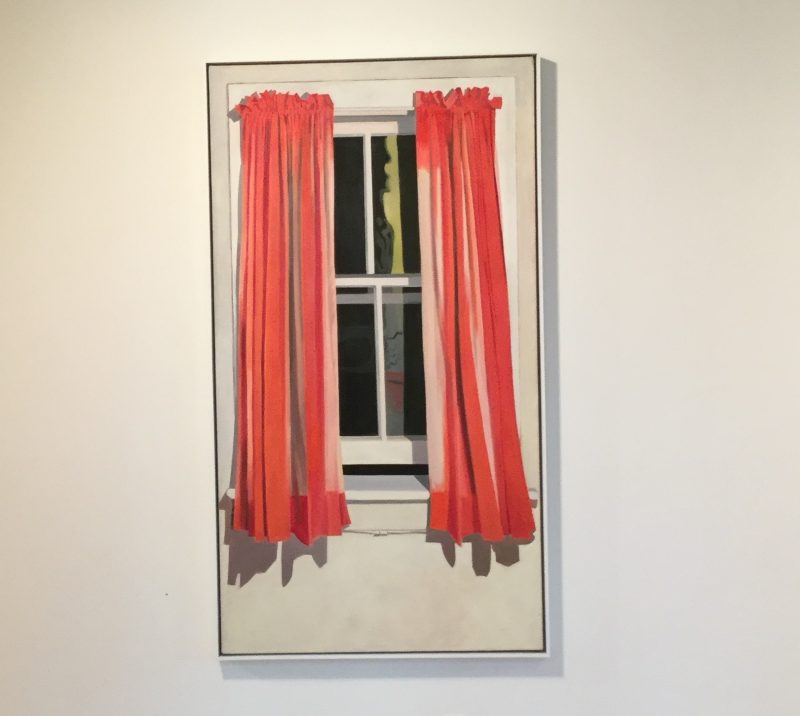
Instead, they convey an urgency of vision, and a desire to communicate. The works are openly suggestive but not complete narratives. They are like the interstices in a film, the scenes pregnant with meaning that linger on the screen before or after an action takes place. “Night Window-Red Curtain” (1972) and “Door Staircase” (1981) are Hitchcockian, in the way they set a scene that is the pause in the storm.
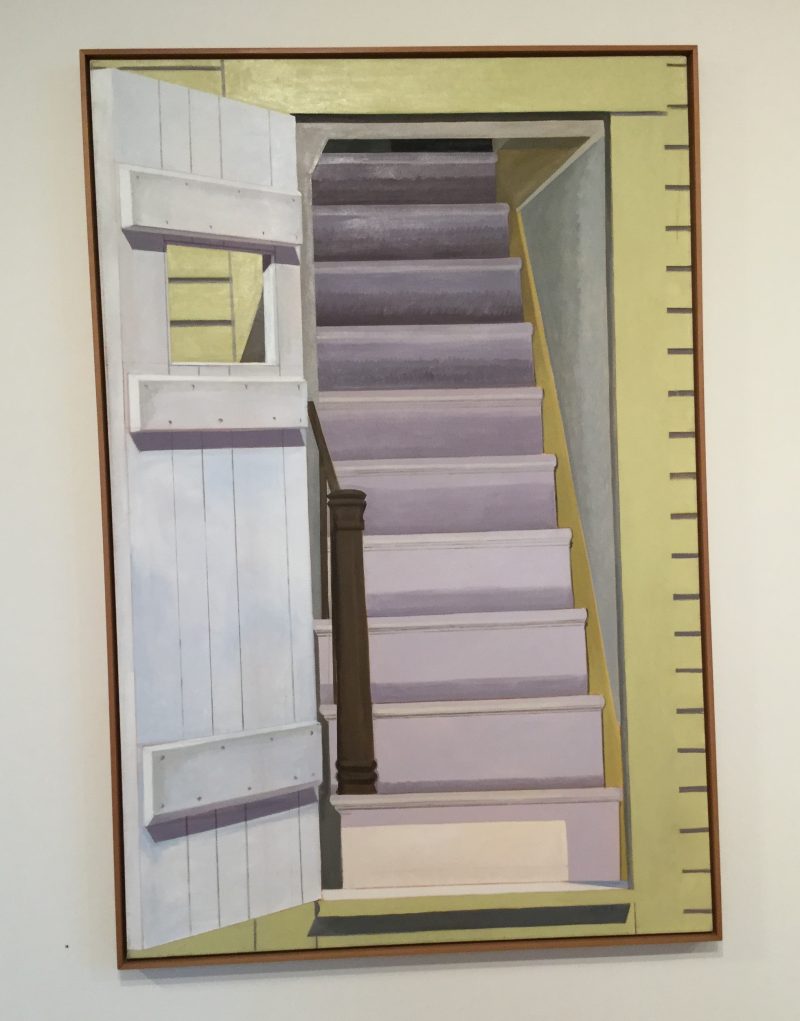
There is no threat in these works but there is something almost deathly in their reverential stillness. The closest painterly ally I thought of when studying Dodd’s paintings is Andrew Wyeth, another painter of windows, billowing curtains and intense stillness.
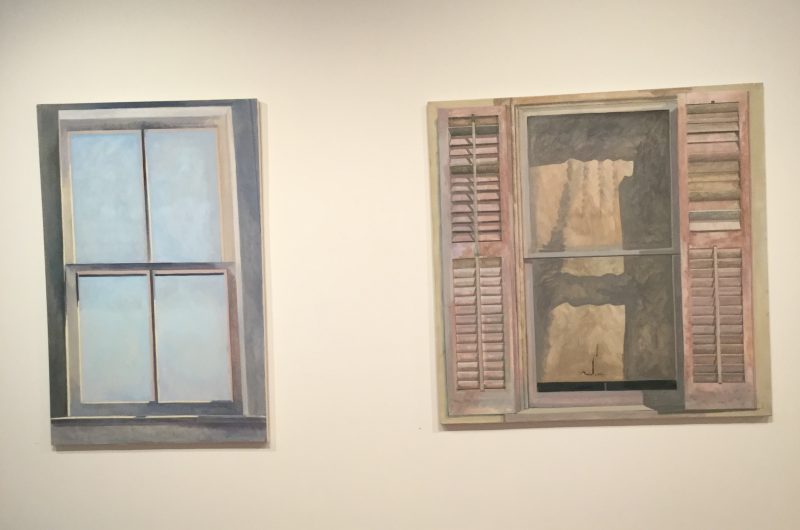
The iconic portrayals of domestic life emit a sense of grandeur in the homely that triggers a kind of reverence. “Blue Sky Window” (1979) seem positively holy in its depiction. The dense pinky-blue light seen through the window is more reverential statement than real. Suggestive of the sublime, the painting honors and reveres the beauty of light.
Landscapes of mystical nature
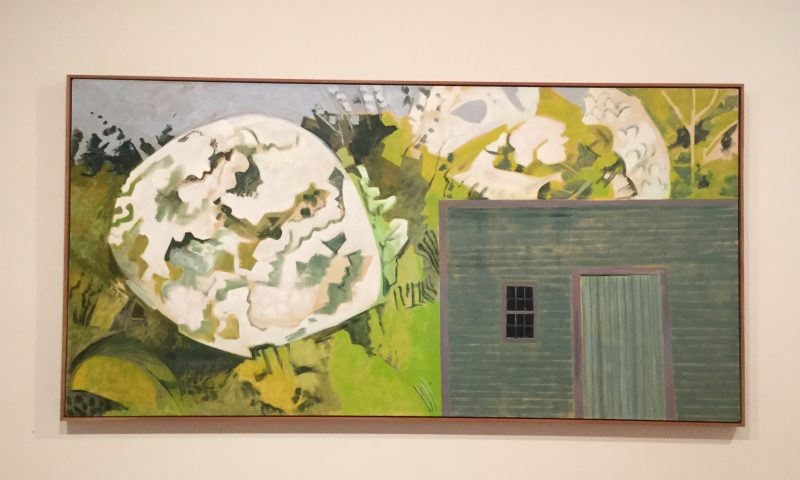
Dodd’s landscape works show a different side of her vision. In “Apple Trees and Shed” (2007) there is a spark of surreal abstraction that is unexpected. The white irregular circle to the left of the shed — which I cannot read as an apple tree — is nature as a force or spirit. Not quite threatening but alien to the human-built shed it hulks beside. This bifurcated painting, which probably defies all rules of composition, is one of the best in the show. Dodd’s odd and oddly-compelling depiction of apple trees is as far from her trompe l’oeil paintings of windows as you can get. Here, she uses her inner eye and emotion to capture what is revered.
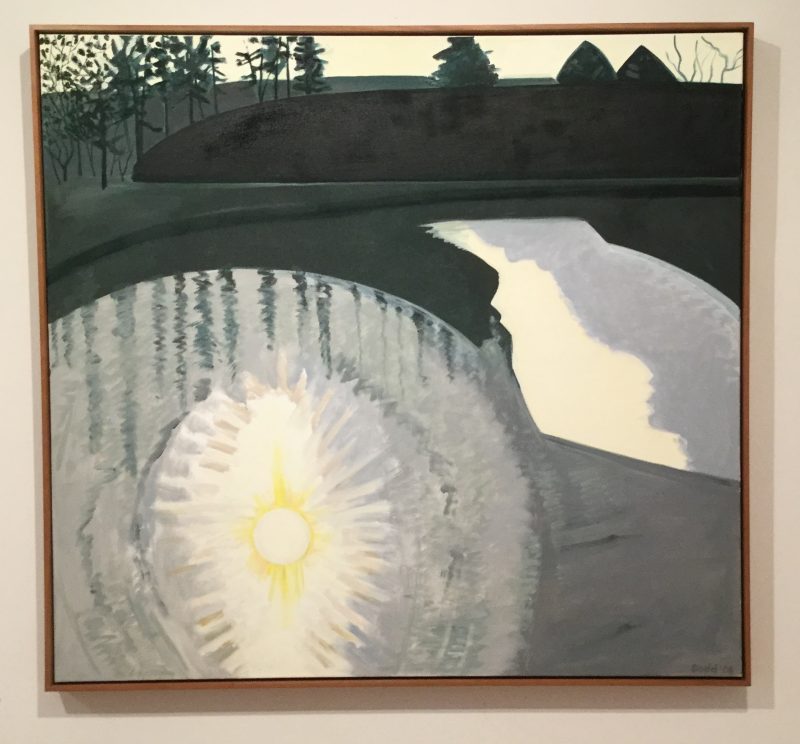
The other knock-out landscape that uses the inner eye is “Winter Sunset, Blair Pond,” 2008, a work so otherwise reductive it is positively Milton Avery-like. The painting uses an irregular circular shape in the foreground to create a mystical, Charles Burchfield-esque capture of light on water. A stunning work of imagination, this is the piece I’d like to take home with me.
About the artist
A Montclair, NJ native, Dodd (b. 1927) studied at Cooper Union and was a founding member of the early artist cooperative Tanager Gallery. She has had more than 50 solo exhibitions and her work is in major museum collections. She taught art at Brooklyn College (1971-1992), has many awards for her paintings, and is an elected member of the American Academy of Arts and Letters and the National Academy of Design.
Take a trip to the List Gallery and see this great work. Happily, there is a beautiful catalog with essays by Gallery Director (and show curator) Andrea Packard and poet and critic Barry Schwabsky. The book has a generous number of images from the show that will keep your memory revering the works of this undersung painter.
Lois Dodd, Windows and Reflections, List Gallery, Swarthmore College, Nov. 3 – Dec. 15, 2016. See the show on Dec. 15 at the reception celebrating the 25th Anniversary of the Gallery takes place on Dec. 15, 4:30–6:00 p.m. “List Gallery: 25 Years,” a 36-page anniversary catalog will be available. Free and open to all. List Gallery is located in the Lang Performing Arts Center, Swarthmore College. Link to campus map and directions here.


